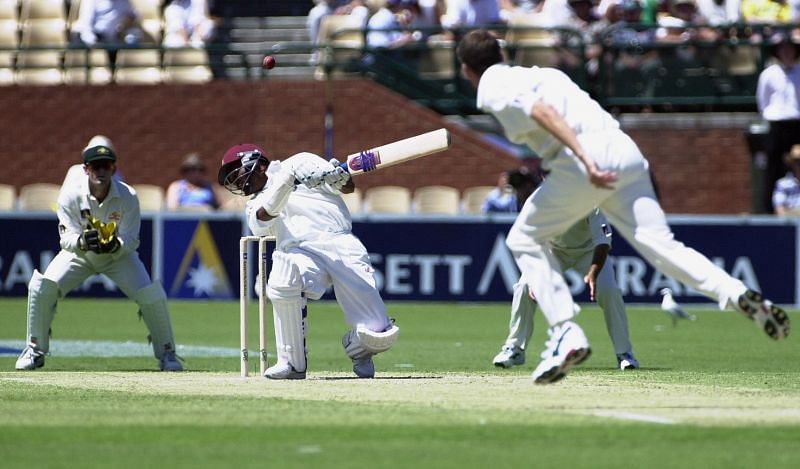
The Ultimate Test XI of the 21st century
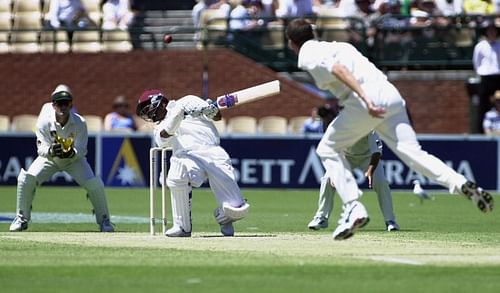
The much-hyped ultimate Test is done and dusted. Sporting a glamorous shiny mace, New Zealand are deservingly Test cricket’s first world champions after beating India in the inaugural World Test Championship (WTC) final.
With so much spotlight on cricket’s most pristine format, let’s dive into the recent history and look at the best Test XI of the 21st century.
Starting with Australia's tour of India in 2001 before making it to the 2005 Ashes to India defying the odds in Australia in 2020-21, a century that has only stepped into its third decade has witnessed some of the most exhilarating displays in Test cricket.
With so many champions defying the odds and producing incredible moments, it’s a tough ask to fish out only 11 from the sea. Nevertheless, here’s the attempt with consistency and adaptability as the main parameters.
Best Test XI of 21st Century (Stats since January 1, 2001)
Openers:
#1 Graeme Smith (South Africa) – Captain
Tests 117 | Runs 9,265 | HS 277 | Ave 48.25 | SR 59.7 | 100s 27
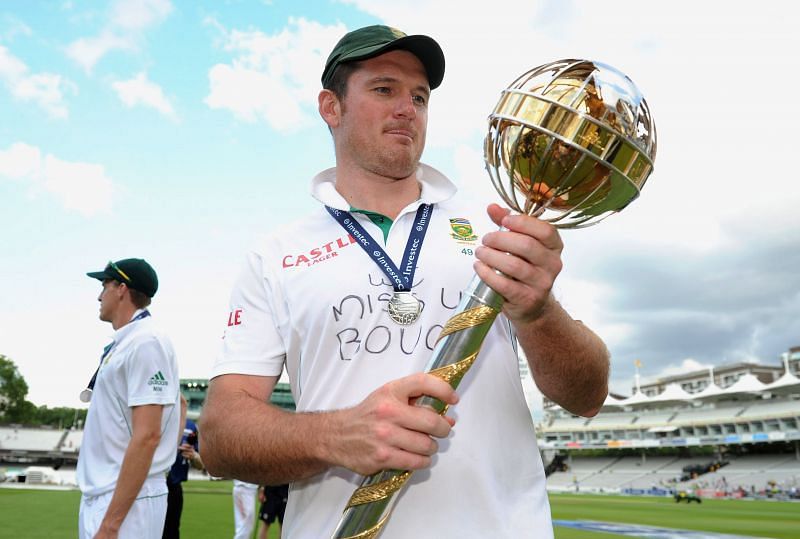
A colossus figure in South African cricket, the sport owes a lot to Graeme Smith. The nation was left shattered after the Hansie Cronje incident. Despite all the earnest efforts from Shaun Pollock, South Africa lacked the direction it needed to be a force to be reckoned with once again.
At 22, still finding his feet in international cricket, he led the charge and transformed South African cricket into a formidable unit that constantly challenged Australia’s supremacy and made a habit of consistently winning overseas. Graeme Smith, the captain with the most Test wins under his belt, leads this illustrious side.
All the responsibilities had little effect on his batting as he emerged as one of the most celebrated openers of all time. More than grace, Graeme Smith’s batting was about grit, resilience and imposing himself with a never-say-die attitude. He didn’t average below 35 in any country he played - a great sign for an opener.
#2 Virender Sehwag (India)
Tests 104 | Runs 8,586 | HS 319 | Ave 49.34 | SR 82.2 | 100s 23
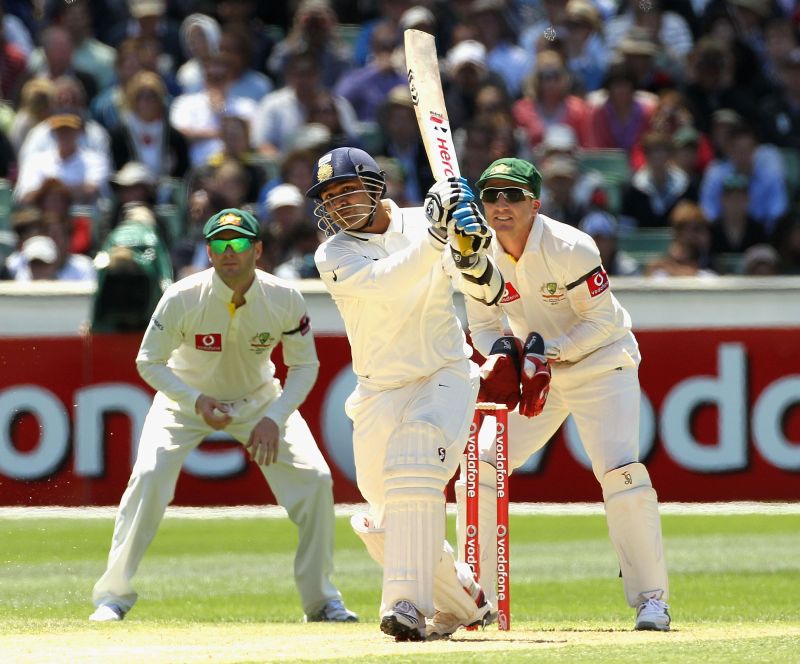
Virender Sehwag is one of the best things to ever happen to Indian cricket. A makeshift opener, Sehwag redefined the role with his ballistic approach and uncomplicated philosophy. He believed the sport was about scoring runs by hitting the ball around the park. He smashed them hard and at will, piling up massive scores in no time in the process. He cared little about a bowler’s reputation and compensated for his lack of footwork with incredible handwork.
The first Indian to score a triple ton, he reached the feat with a six. He could have been the first cricketer with three triple tons, but he missed the mark by trying to go for a six. That was Sehwag, being Sehwag. He has no regrets like his millions of fans do.
A one-of-a-kind cricketer, Sehwag was also a street-smart off-spinner with 40 Test wickets to his name.
Trivia: Graeme Smith and Virender Sehwag have opened together in a Test. It was the Super Test between ICC World XI and Australia in 2005.
Close misses: Alastair Cook (England) and Matthew Hayden (Australia).
Middle-order:
#3 Kumar Sangakkara (Sri Lanka)
Tests 130 | Runs 12,226 | HS 319 | Ave 58.49 | SR 54.6 | 100s 38
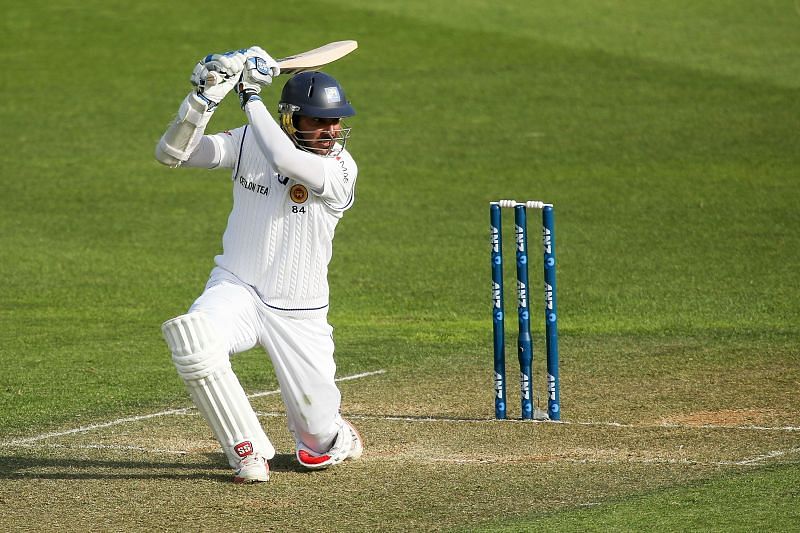
One ought to be extraordinary to beat the dominant Ricky Ponting for the no.3 spot in the batting order. And Kumar Sangakkara certainly was. It was a tight tussle for the spot, but unlike the Sri Lankan, Ponting suffered a slump towards the end of his career. The southpaw was also much more adept against spin bowling, making him a more complete no.3.
Sangakkara arguably remains Sri Lanka’s greatest-ever batsman and one of the finest to have played the sport. He scored aplenty, and every single run was a sight for sore eyes. Brilliant behind the stumps, he could also be the side's standby wicket-keeper.
#4 Steve Smith (Australia)
Tests 77 | Runs 7,540 | HS 239 | Ave 61.8 | SR 55.1 | 100s 27
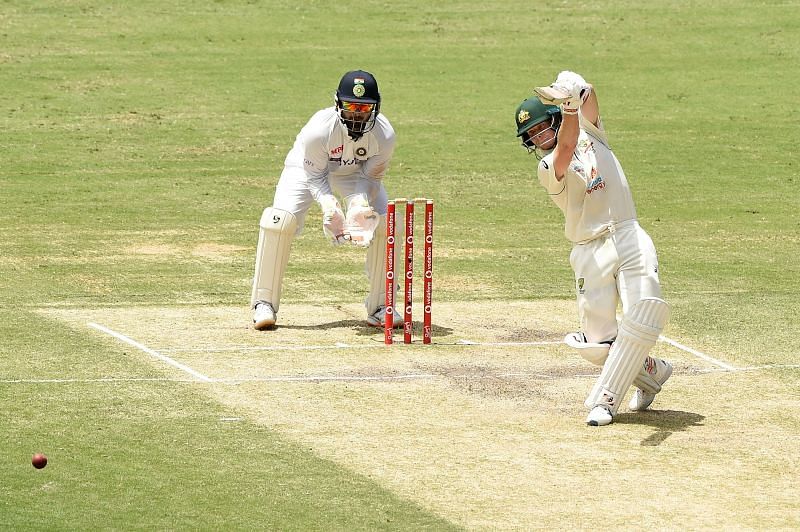
From debuting as a leg-spinner who was a handy bat in the lower order to emerging as arguably the greatest since Sir Don Bradman, Steve Smith's story is an incredible one.
Smith’s batting may not be a visual treat, but in terms of effectiveness, none come close. By the end of 2017, he had achieved a 947 rating as a batsman in the ICC Player Rankings. Only Bradman with 961 has gained a better rating.
Steve Smith keeps Sachin Tendulkar out of this side. Tendulkar’s mastery lay in his adaptability across conditions and ability to dominate yet look good. Fidgety and unorthodox at times, Smith scores 'average’ on esthetics but adapts equally well and gets runs in bulk.
As a Test batter, the bridge between Steve Smith and his contemporaries – Virat Kohli, Kane Williamson and Joe Root – is massive.
#5 Brian Lara (West Indies)
Tests 57 | Runs 5,883 | HS 400* | Ave 58.24 | SR 59.3 | 100s 19
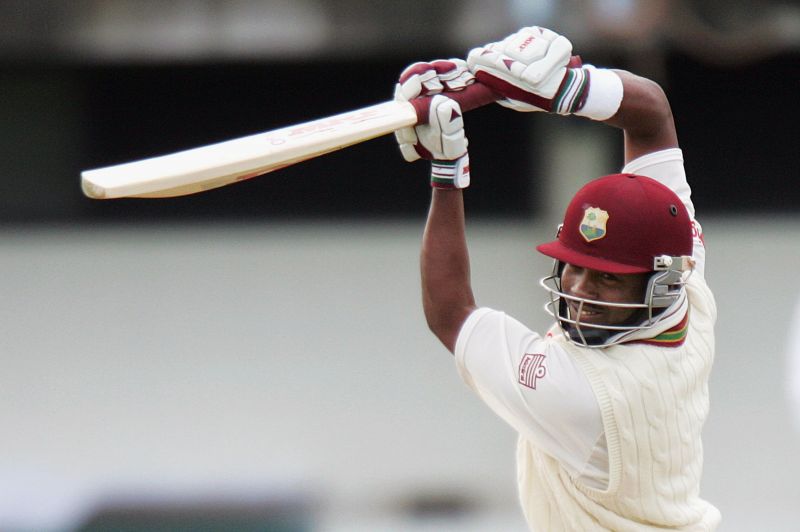
An artist with the wood, Brian Lara’s flair made many fall in love with the sport. His batting was an amalgam of artistry and effectiveness. He had a Bradman-esque hunger for massive scores, and while he crafted them, it seemed like an artist pursuing his passion.
1990s was about Lara’s rise as one of the all-time greats. The 21st century was a continuation, and more often than not, a series of one-man shows, most notably against Sri Lanka in 2001. Muttiah Muralitharan and Chaminda Vaas were at the top of their game and scripted a 3-0 drubbing of the West Indies, but Lara stood tall with 688 runs from three Tests.
At almost 35, Lara reclaimed his record for the highest Test score, and he achieved that by becoming the game’s first international quadruple centurion. He may have played in just six calendar years this century, but he continued his dominance as one of the best batters in the world.
Close misses: Sachin Tendulkar (India), Ricky Ponting (Australia), Younis Khan (Pakistan), Shivnarine Chanderpaul (West Indies), Mohammad Yousuf (Pakistan)
All-rounder & Wicketkeeper:
#6 Jacques Kallis (South Africa)
Tests 123 | Runs 10,660 | HS 224 | Ave 59.6 | SR 48.8 | 100s 38
Wickets 222 | BB 6/54 | Ave 33.6 | Econ 2.96 | SR 67.8 | 5w 4
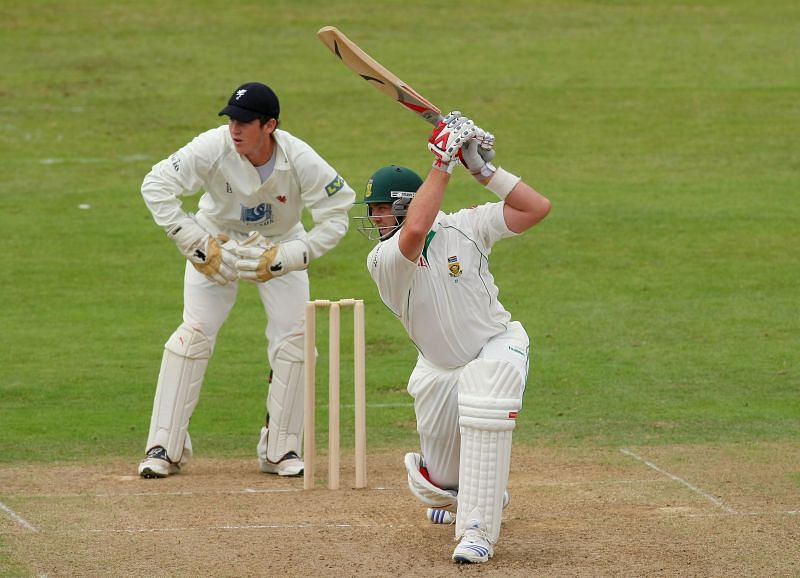
Jacques Kallis is one of the greatest all-rounders to have played the game and an easy pick for this side. Ideally, he would have batted at no.4, but then there would be a bowling load too, and hence he drops to six.
Kallis was a rock-solid batter with immense concentration and a game suited to all conditions. He can walk into any all-time side purely on his batting merits. With the ball, he could surprise with swing and, at times, even pace. He generated an awkward bounce on any surface. Add his splendid catching abilities to the mix, and you are looking at a rare asset.
When Kallis established himself in the '90s, he constructed a stairwell this century and climbed to greatness.
Misses: Shakib Al Hasan (Bangladesh), Ben Stokes (England), Ravindra Jadeja (India), Shaun Pollock (South Africa), Andrew Flintoff (England) and Jason Holder (West Indies).
#7 Adam Gilchrist (Australia) – Wicket-keeper
Tests 83 | Runs 4,876 | HS 224 | Ave 46.93 | SR 83.5 | 100s 16 | Dismissals 358
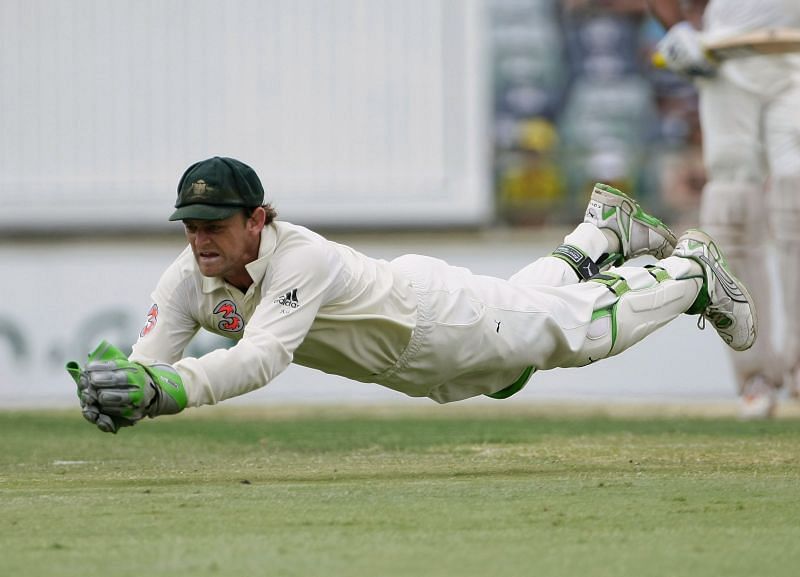
It’s tough to look beyond the man, who mainly batted at no.7 and raced away with the game with an unthinkable strike rate. Adam Gilchrist was a once-in-a-generation cricketer who was symbolic of Australia’s aggressive brand during their dominance in the first decade of the century. Gilchrist is the fourth left-handed batter in this illustrious line-up.
The world had seen better wicketkeepers – technically and in terms of acrobatics. But Gilchrist continually worked on this aspect and improved. Be it saving the byes off Brett Lee’s 150 kmph bouncers, following Glenn McGrath’s movements, or reading Shane Warne’s variety, Gilchrist was at comfort. always By the end of this career, he was a package that Australia still miss in their ranks.
Andy Flower kept wickets in just 11 Tests this century, but averaged over 66 with the bat. AB de Villiers was another contender for this spot. He averages over 57 as a 'keeper, having kept in 24 Tests. As a top-order batter, his strike rate is understandably 30 points less than Gilchrist's. In the years to come, Rishabh Pant and Mohammad Rizwan might be the names posing a threat to this spot.
Close miss: AB de Villiers (South Africa)